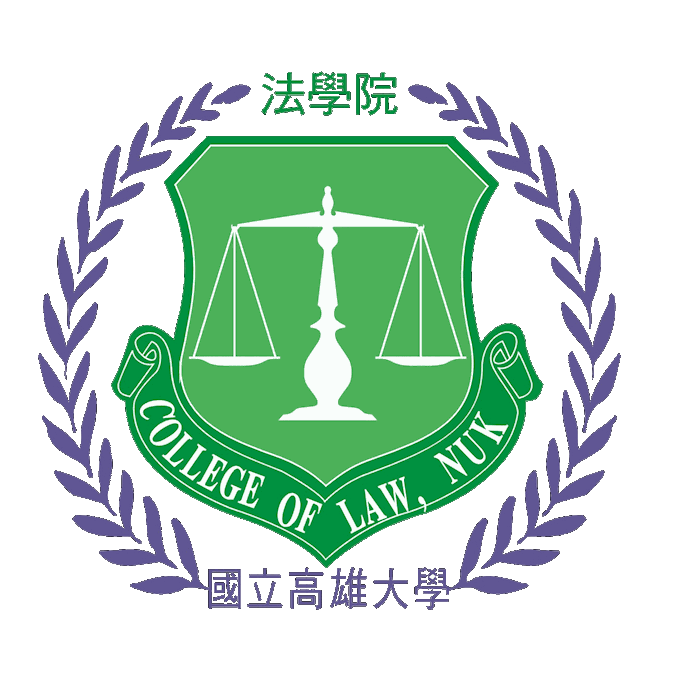

本研究探討風險預防原則,將風險預防當作是法律原則,其步驟包含風險分析、風險評估、風險處理與管控。在實定法上採「預防優先、管制其次」的管制模式,從規劃、預防到治理的管制措施。目的取向的立法管制模式,法律要件中有不確定法律概念,同時賦予行政機關較廣泛的裁量空間,依據個案特性作出適切決定。另在立法上依據危害發生機率的高低、損害程度是否嚴重,劃分成不同的風險程度,採取分級分區管理方式。 水土保持法是一部工程科技防災法律,其任務分為治理與管理兩部分。為落實國家保護義務的功能,長期水土保持計畫的擬定須事先進行風險分析、評估,考量防災的成本效益與管制土地的不利益為准否實施的審查要件。政府部門負有治理特定水土保持區的職責,最大的挑戰是人民對於劃設的反對聲浪。因此,特定水土保持區的劃定,採取「治理為主、管制為輔」之管理機制。未來應修法納入風險分級管理方式,限縮特定水土保持區的劃設範圍,將特定水土保持區域內的限制開發行為、准許小規模的開發行為或承認從來合法之使用等情形納入法律規定。
This study explores the principle of risk prevention and regards risk prevention as a legal principle. Its steps include risk analysis, risk assessment, risk treatment and control. In the positive law, adopting the control mode of "prevention first, control second", from planning, prevention to governance control measures. In the purpose-oriented legislative control model, there are uncertain legal concepts in the legal elements, and at the same time, it gives the administrative agency a wider range of discretion to make appropriate decisions based on the characteristics of the individual case. In addition, in legislation, according to the probability of occurrence of harm and whether the degree of damage is serious, it is divided into different risk levels, and a hierarchical and zoning management method is adopted. The Soil and Water Conservation Law is an engineering science and technology disaster prevention law, and its tasks are divided into two parts: governance and management. In order to implement the function of the national protection obligation, the formulation of a long-term soil and water conservation plan requires the prior risk analysis and evaluation, and the consideration of the cost-effectiveness of disaster prevention and the unprofitability of controlled land as the review requirements for implementation. Government departments have the responsibility to manage specific soil and water conservation areas. The biggest challenge is the people's opposition to the designation. Therefore, the delineation of specific soil and water conservation areas adopts a management mechanism of "government as the mainstay and control as the supplement". In the future, the law should be revised into the risk-level management method, to limit the scope of the delineation of specific soil and water conservation areas, and to include restrictions on development activities, permitting small-scale development activities, or recognition of ever-lawful use in specific soil and water conservation areas into legal regulations.